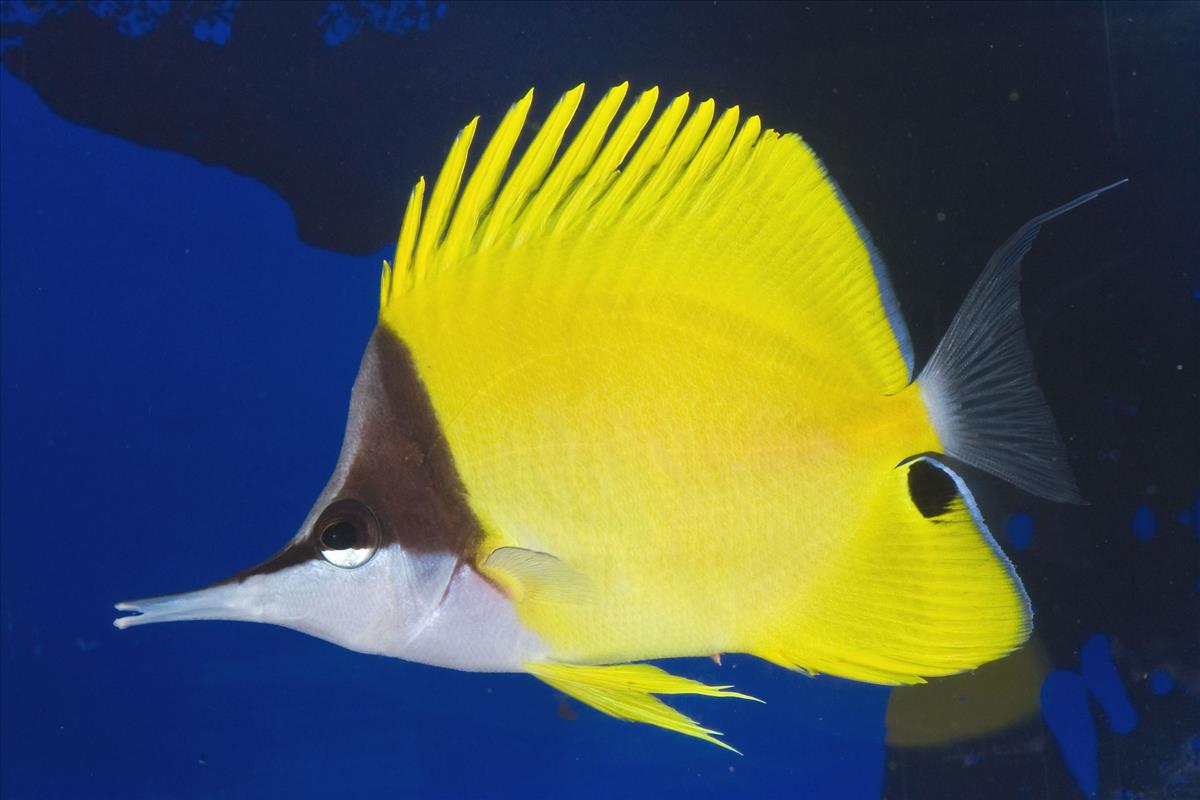Alerts
Please be advised that our bird aviaries are open!
Your Toronto Zoo is committed to the health and safety of the animals in our care. We take proactive steps to protect our birds from Avian Influenza which has been confirmed in a wild bird in southern Ontario, and some birds may still be off display.
Please note Splash Island is still closed and will not open until July due to unforeseen delays in construction. Please watch for updates on https://www.torontozoo.com/tz/splash or on our social media pages. Thank you!
Please note the following animals are currently not on display due to various reasons including Avian Bird Flu, and Covid-19 sensitivity:
- Flamingo, peacock, owl, bald eagle, and aviaries
- Some Kids Zoo Animals
- Cougar
- Moose
- Kangaroo walk through (kangaroos are still visible)
- Axolotl
We apologize for the inconvenience!


Fish
Location at the Zoo:
Australasia
Region: Australasia
Longnose butterflyfish
The longnose butterflyfish has a bright yellow body, adorned with a black eye-spot on the anal fin (close to the caudal peduncle). The body is compressed. Directly behind the pectoral fin is a lighter, white area. The snout of the long nose butterfly is quite long. It is thin, and the mouth opening is quite small. The color of its head is divided horizontally. The upper half, at the very top of the mouth through the top of the head, is black. The lower half is silvery white. The dorsal spines are long and jagged. Over the eye, you can see a disruptive black bar. These fish can reach up to 18 to 23 centimetres in length.Conservation Status: IUCN
